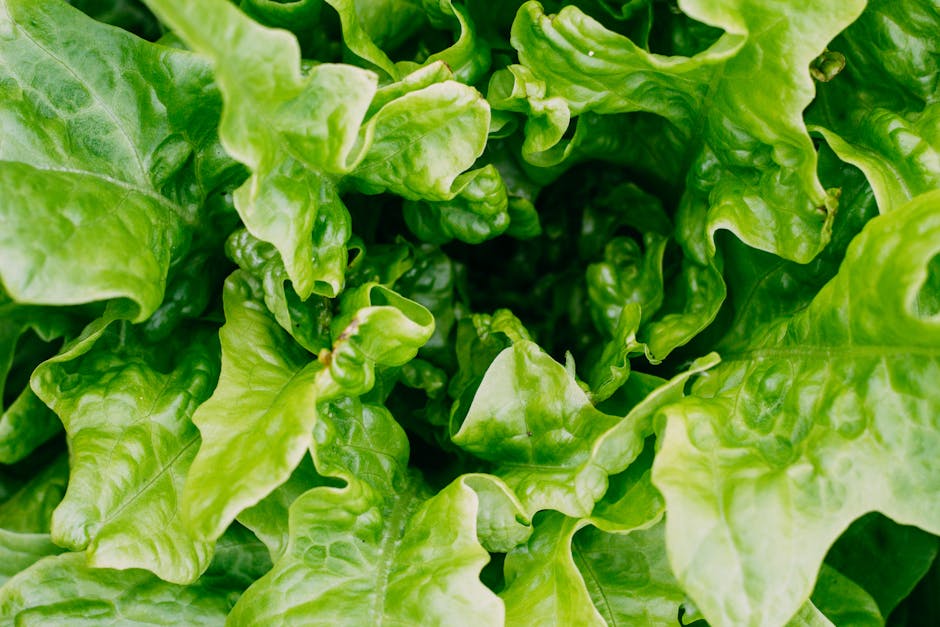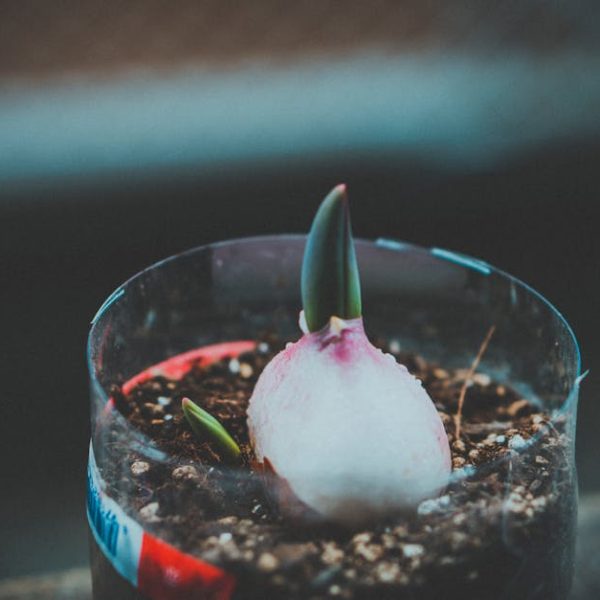Lettuce is a staple in most homes and restaurants, serving as the backbone in salads due to its crispy nature and light taste. Given its perishable nature, consumers often wonder if it’s possible to freeze lettuce for prolonged storage. While the answer is technically yes, there are several crucial aspects to consider regarding the lettuce’s composition and freezing’s influence on its qualities.
Understanding Lettuce and its Composition
Lettuce, known scientifically as Lactuca Sativa, is a part of the daisy family. It’s a leafy vegetable available in several varieties including Romaine, Iceberg, Butterhead, and Leaf. Each type has a unique taste and texture, but all are primarily composed of water, making up almost 96% of their body. This high water content is key to its crunchiness but also makes freezing more complex. The reason? When water in food freezes, it expands, disrupting cellular structures which may result in textural changes post thawing.
Pro Tip: A simple yet effective way to preserve the crunch of lettuce is by wrapping it in damp kitchen paper or storing it in a specially designed fresh keeper bag, and then refrigerating it. Maintaining proper humidity levels can extend lettuce freshness.
The Concept of Freezing Lettuce
Freezing is a tried-and-true method for preserving various types of food, slowing the enzymatic breakdown and inhibiting microbial growth. In theory, freezing lettuce should work in prolonging its shelf life. However, due to its high water content, the formation of ice crystals within the lettuce leaves can cause cell damage, leading to an undesirable soggy texture upon thawing.
Checklist ✅
While lettuce might not freeze well, here’s a general guide for freezing most vegetables:
- Wash and dry the vegetables thoroughly.
- Cut into suitable sizes and shapes.
- Blanch if necessary.
- Cool quickly after blanching.
- Pack in suitable containers preventing air and moisture exposure.
- Label, date, and freeze at -18°C or lower.
Despite the conventional wisdom, there may be scenarios where freezing lettuce might be your only option for preservation. Notably, some varieties of lettuce, like Romaine, can withstand freezing better owing to their more robust cellular structure. There’s also a correct way to go about it – but more on that soon.
Impact of Freezing on Lettuce and Its Qualities
When you freeze lettuce, the water inside its cells freeze into ice crystals, damaging the cell structure. As a result, frozen then thawed lettuce often emerges with a dramatically different texture – it becomes soft and wilted, losing its original crispiness. The color may also darken, leading to an unappetizing look. Moreover, its taste can be adversely affected, losing its fresh, light flavor.
Comparison
| Fresh Lettuce | Frozen Lettuce | |
|---|---|---|
| Texture | Crisp and fresh | Soft and wilted |
| Color | Bright green | Darkened green and unappealing |
| Taste | Mild, slightly sweet | Alternative flavor, not as fresh |
Best Methods to Freeze Lettuce
If freezing lettuce is your only option, making the freezing process delicate proves crucial. First, ensure the lettuce is thoroughly clean. Absorb any excess moisture with a kitchen towel and place it in a freezer bag. Squeeze out as much air as possible before sealing to reduce the formation of ice crystals.
Blanching may also help lettuce handle freezing better. Though not a typical step for lettuce, it can potentially prolong the texture and color.
Checklist ✅
If you choose to freeze lettuce, here’s how to do it best:
- Wash the lettuce and dry it completely.
- Cut it up if desired, or leave the leaves whole.
- If opting to blanch, plunge it into boiling water for a few seconds and then immediately into ice-cold water.
- Store in freezer bags, pushing out all the air before sealing.
- Freeze promptly.
Pro Tip: For the best results when thawing, do so gradually in the refrigerator rather than at room temperature. And remember, thawed lettuce is suitable for cooked dishes, not for salads.
Alternatives to Freezing Lettuce
For preserving the crunch of lettuce, refrigeration reigns supreme. Storing lettuce in a crisper drawer of the refrigerator, either wrapped in a damp cloth or in a produce bag, can help retain its freshness for about one to two weeks. Another method includes dry storage, where lettuce is carefully wrapped and stored in a cool, dry place.
Comparison
| Freezing | Refrigeration | Dry Storage | |
|---|---|---|---|
| Texture Preservation | Poor | Good | Good |
| Taste Preservation | Alterative | Fresh | Fresh |
| Color Preservation | Darkened | Bright | Bright |
Best Practice
To maximise the shelf life of lettuce, store in the refrigerator immediately after purchase. Always wash and dry lettuce thoroughly before use, and remember- don’t freeze lettuce for salads or fresh eating – frozen then thawed lettuce best serves cooking recipes.
Key Takeaway:
- Despite being a perishable leafy vegetable, freezing lettuce is technically possible but not ideal due to its high water content.
- Freezing can damage lettuce’s cell structure, leading to a soft, wilted texture and loss of fresh flavor.
- Some varieties like Romaine lettuce can handle freezing better than others, especially when certain procedures like blanching are employed.
- Regardless of the method, freezing will significantly alter the lettuce’s quality and is ill-advised for salads or raw consumption.
- Alternatives like refrigeration or dry storage are more effective, maintaining the lettuce’s crunchiness and taste to enhance your meals.
Even though the idea of freezing lettuce may not be your best bet, remember that there’s always a way around keeping your beloved leafy greens fresh and crisp, ready for your next salad or cooking venture. Stay tuned with us for more tips on best food practices, and continue exploring the art of cuisine without fear.
FAQs
Q: How long does fresh lettuce last in the fridge?
A: If properly stored, fresh lettuce can last up to a week or two in the refrigerator. Remember to keep it in a damp cloth or a produce bag to retain its freshness.
Q: Can I cook with frozen lettuce?
A: Yes, you can. Thawed lettuce might not be suitable for salads, but you can still incorporate it into cooked dishes like soups or stir-fries.
Q: Are some types of lettuce better to freeze than others?
A: Yes. Varieties such as Romaine lettuce tend to handle freezing better due to their robust cellular structure.
Q: What is the best way to thaw frozen lettuce?
A: The best way to thaw frozen lettuce is gradually in the refrigerator. Rapid thawing at room temperature can further degrade the lettuce’s quality.
Q: Can I refreeze lettuce once it’s thawed?
A: It’s generally not recommended to refreeze lettuce once it’s thawed, as this can further degrade its quality and potentially introduce harmful bacteria.
Whether your question has been about salad preparation, storing techniques, or freezing particulars, keep exploring our platform. Dive into our plethora of articles and let your culinary curiosity go wild! Feel free to share this article with others who might find it useful, and come back for more enlightening reads.






